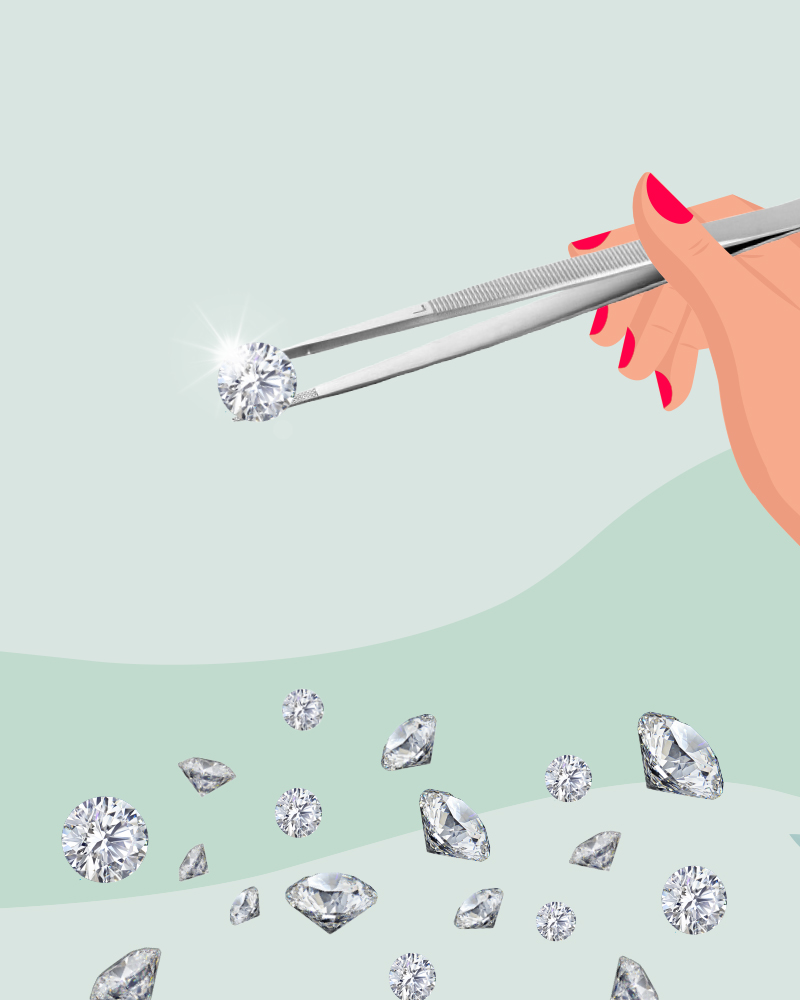Diamond Dictionary: A-Z Guide to Natural Diamonds
Whether you’re a jewelry aficionado, a hopeful suitor, or just someone who loves a bit of bling, this chart is your map to understanding the lingo of the natural diamond world. Like the unique characteristics that a natural diamond possesses, this dictionary is a one-of-a-kind gem!
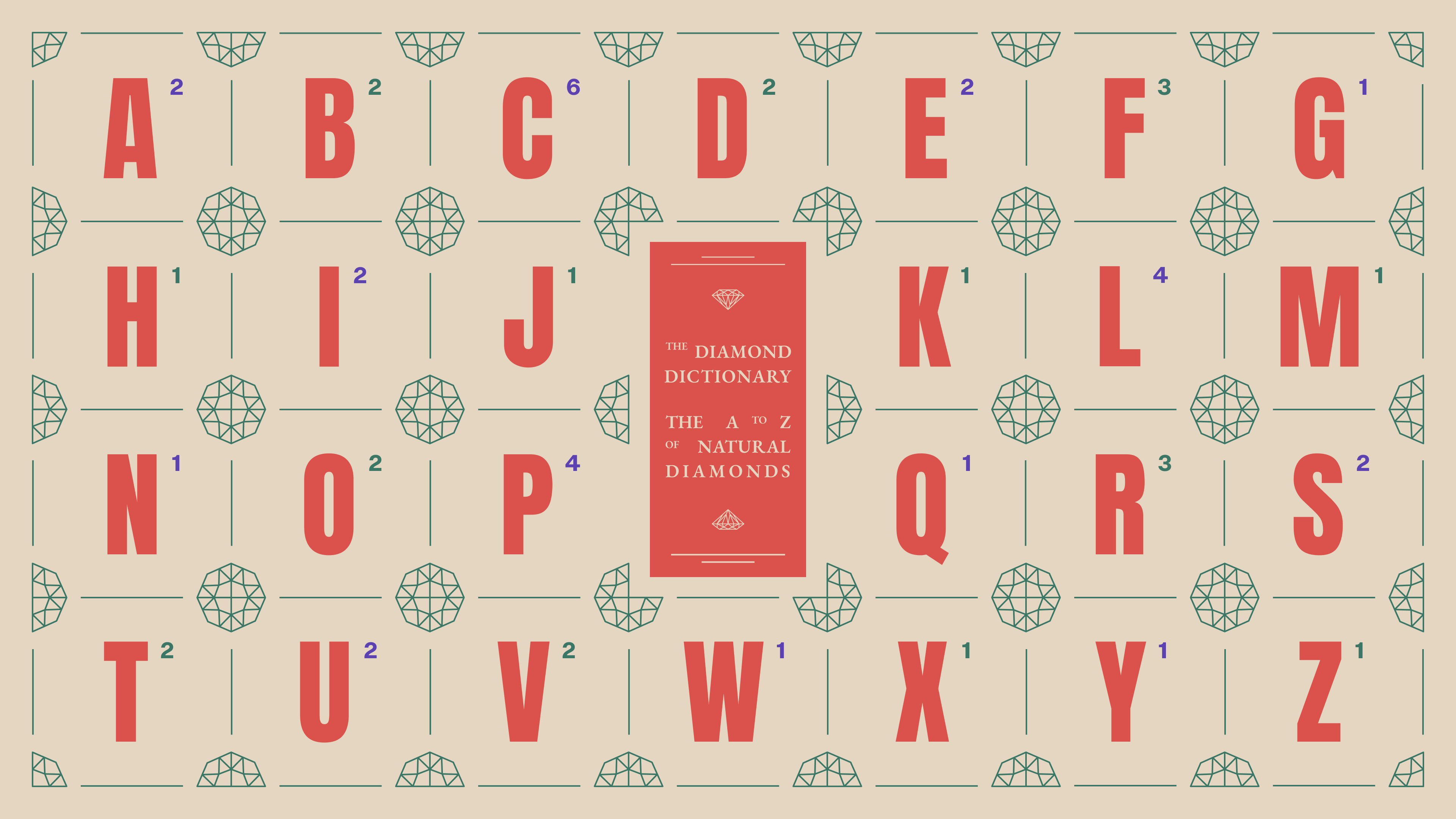
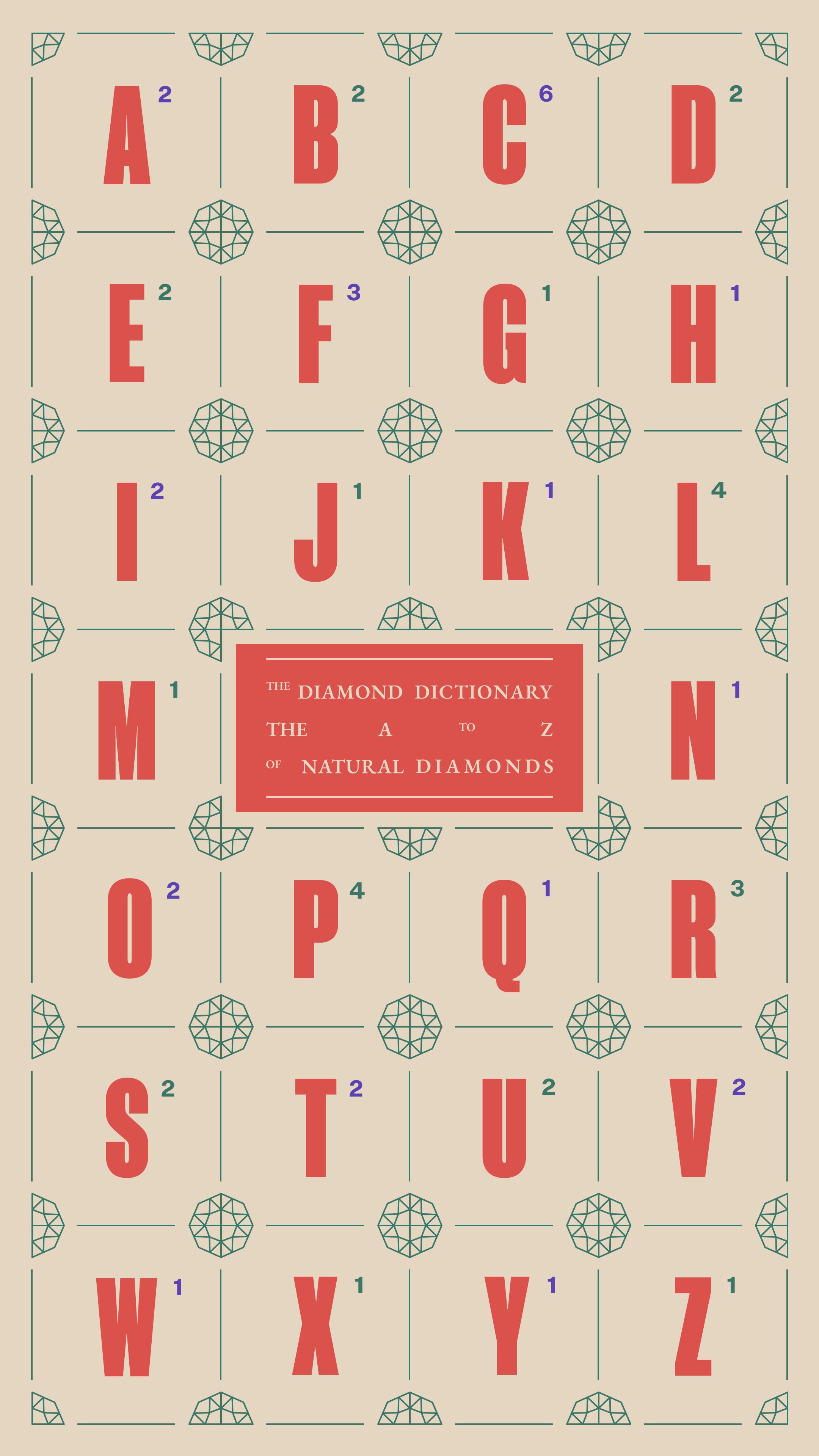



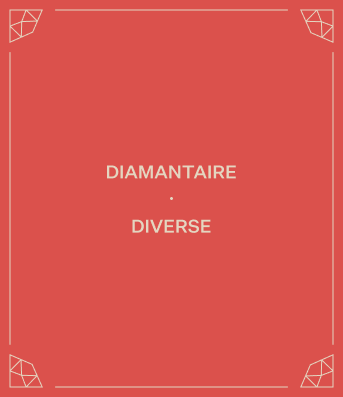



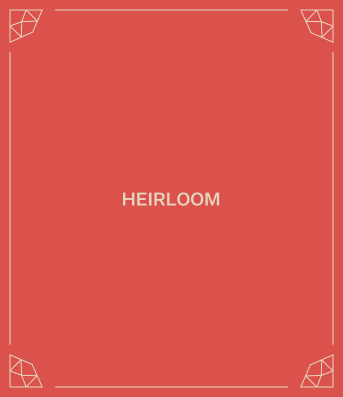

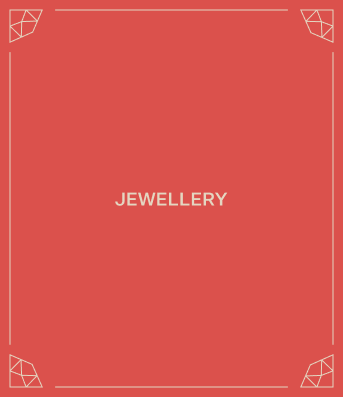




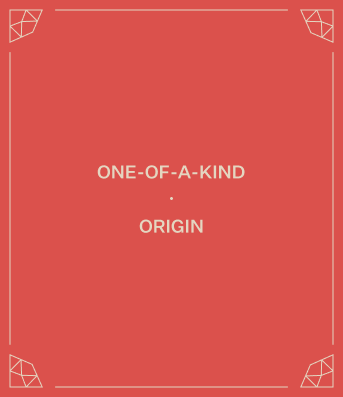










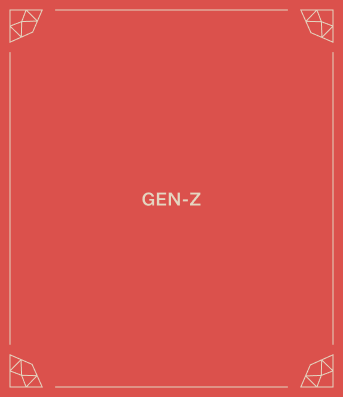
Welcome to the dazzling world of natural diamonds, where bling meets brilliance, and sparkle reigns supreme! Ever found yourself lost in a conversation about carats and facets, or not quite sure how natural diamonds are sourced? Or what do colour and clarity mean in relation to these precious stones? Let’s demystify the enchanting world of diamonds with this exclusive dictionary that will explain some of the most common terms from A-Z.
Adamas Brilliance: Understanding the Origin of Authentic Diamonds
Let’s start with a fun-fact of where the term diamond comes from. The term ‘Adamas’ originates from Ancient Greek, signifying ‘indestructible,’ and may be the linguistic precursor to the modern term ‘diamond.’ Initially, Ancient Greek writers did not use this term to reference a particular precious stone but rather to denote the hardest material known to humanity. A natural diamond’s indestructible nature aligns with its unique composition formed solely of carbon atoms arranged in a crystal lattice structure. Unlike its synthetic counterparts, natural diamonds bear distinct inclusions, and distinguishable characteristics that result only from being formed in nature further validating their authenticity.
Crafted in Brilliance: How Diamonds Are Formed Over Billions of Years

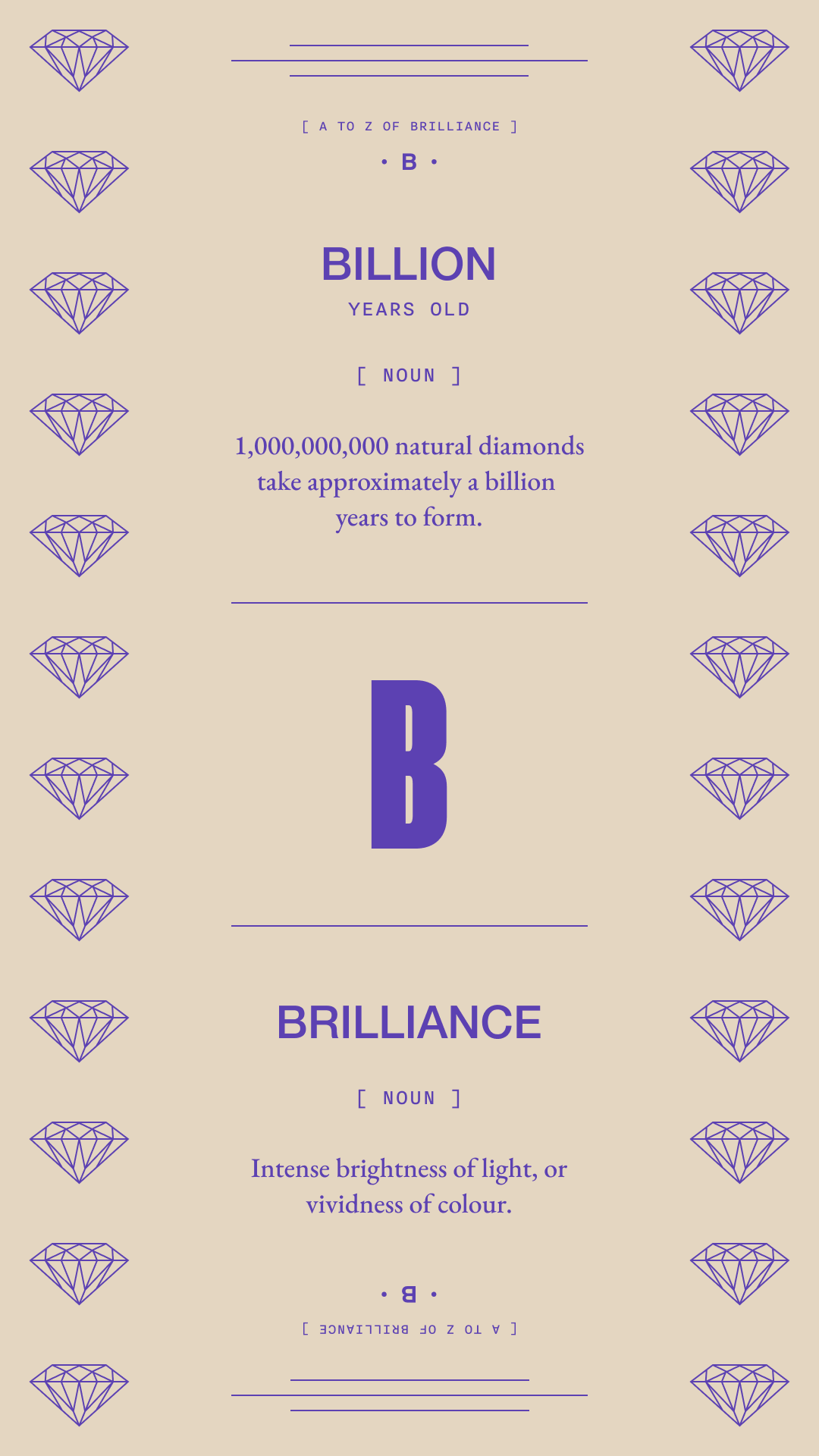
Billion, a noun, is not just a numerical term but an insight into the incredible history of naturally occurring diamonds. These gems take approximately a billion years to form under intense heat and pressure, resulting in carbon atoms to crystallise. If you think about it, natural diamonds are older than the existence of dinosaurs. Understanding this timescale provides us with a profound appreciation for the geological processes that make each natural diamond truly exceptional.
What also makes diamonds fascinating is the kind of brilliance you can achieve; the sparkle or the eye catching play of light that you see when you angle the stone in different directions. And a well-cut natural diamond will bring out its brilliance to the maximum. One of these cuts is a baguette-cut characterised by its long, rectangular shape and step-cut facets, offering a distinct elegance and sophistication.
The Four Cs of Diamonds and Conscious Choices
Venture deeper into the diamond world, where the four Cs – cut, colour, clarity, and carat– are the most important factors in determining the value and beauty of a natural diamond. Let’s break it down – The cut determines how a natural diamond sparkles or interacts with light (especially when you look at a diamond from the crown or the top portion where the light enters). When we look at colour, we want to see how colourless or the lack of hue the stone has. Clarity assesses the presence of inclusions within a diamond, influencing its transparency. The highest clarity grade a diamond can have is F, meaning the diamond is flawless. And finally, carat is the measurement of a natural diamond’s weight. Certification of diamonds based on the 4Cs provides the consumer with essential information and assurance of the authenticity and quality of the gem. Besides the 4Cs, another important factor in choosing a natural diamond is whether it is a conscious diamond, meaning if it is ethically sourced.
Diamantaire and Its Diverse Role in Diamond Craftsmanship


If you are an individual or a business that is deeply involved in the diamond industry, then you would be recognised as a “Diamantaire”. From cutting and polishing rough diamonds to trading and retailing, diamantaires play a crucial role in every aspect of the diamond supply chain. Diamonds are unearthed from a multitude of diverse regions across the globe from South Africa to Siberia, to Canada, India and other regions, each with its own geological history and unique characteristics. Whether it’s expertly crafting jewellery or meticulously evaluating the quality of stones from different regions, Diamantaires are dedicated to the art and science of diamonds. As guardians of one of the world’s most precious commodities, diamantaires contribute to the industry’s growth and innovation, shaping the allure of diamonds for generations to come. Some famous diamantaire that you may recognise are Harry Winston, Rosy Blue, Venus Jewels, Hare Krishna, Laurence Graff among countless others.
Ethical Engagement With Earth: Environmental Conscious Practices

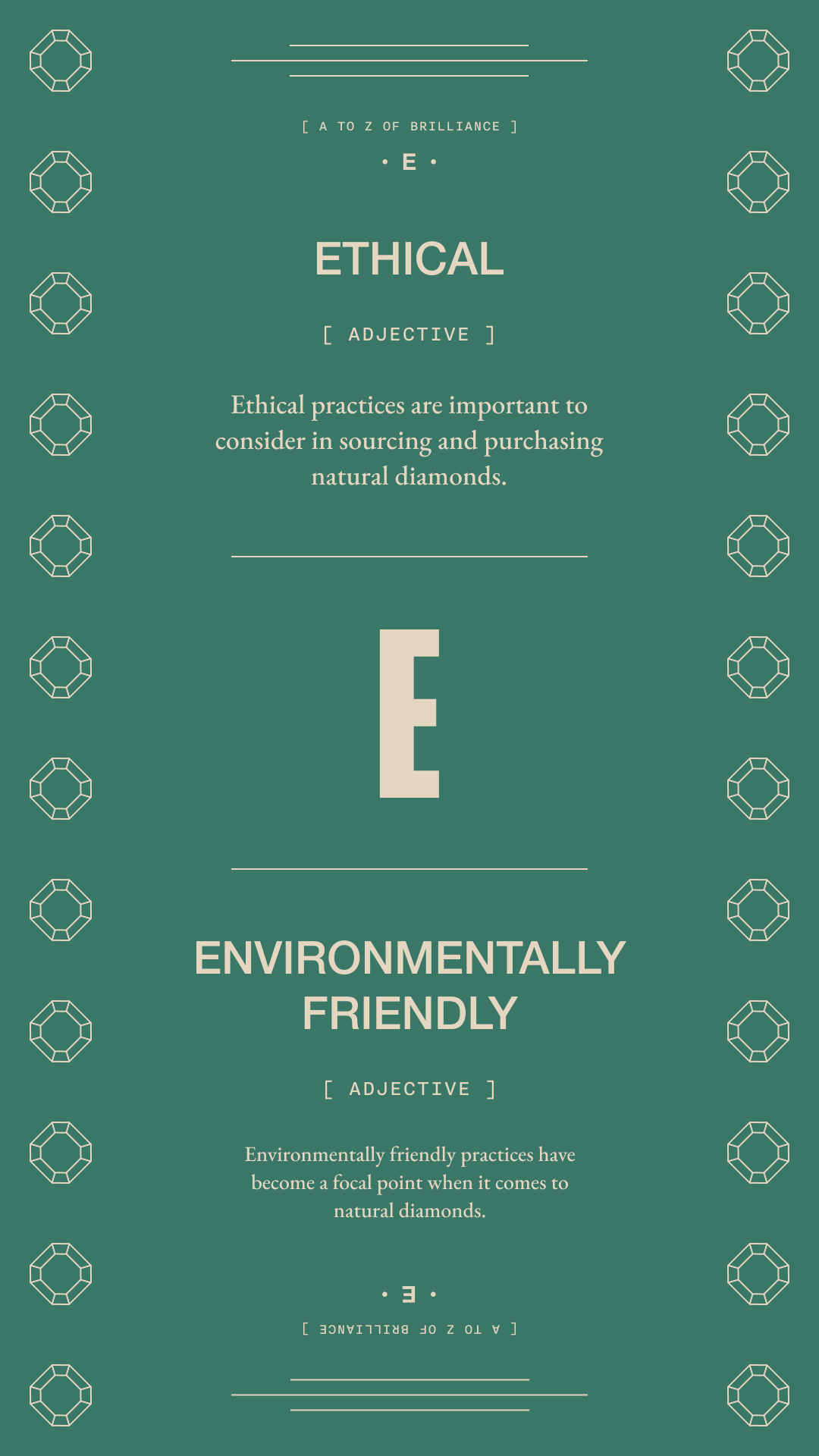
More than ever before, environmental consciousness is at the forefront of our decisions, particularly when it comes to sourcing natural diamonds. Ethical practices and environmentally friendly mining processes have become crucial considerations, not just for solitaire engagement rings, but for any natural diamond purchase. Whether you’re considering a larger carat for a solitaire or opting for a stunning emerald cut that appears larger for its weight, the importance of ethical and environmentally friendly sourcing remains paramount. By choosing natural diamonds that uphold ethical standards and support environmentally friendly mining practices, we not only adorn ourselves with timeless beauty but also contribute to a sustainable future for our planet.
The Forever Flawless Journey of a Diamond
Natural diamonds symbolise everlasting love and enduring relationships with their endless value, flawless quality, and resilience. The diamond’s inherent durability and longevity, embodies the depth of our emotions and the promise of forever. Crafted with meticulous attention to detail and adherence to the four Cs – cut, colour, clarity, and carat weight – natural diamonds exemplify love that transcends time.
Natural diamonds exhibit their flawless beauty through intricate facets, which are the flat surfaces on a cut diamond that reflect light with unparalleled brilliance. Traditional cuts like round brilliant, princess, and emerald evoke timeless elegance, while fancy cuts such as pear, marquise, and radiant offer individuality and uniqueness.


Diamonds, Gems and the Gift of Nature
Natural diamonds are truly a gift of nature possessing a unique beauty and character reflecting the distinct conditions under which they were created. These mesmerising gems were created over billions of years under significant pressure and heat deep beneath the Earth’s mantle. Their rarity and natural origins make them great symbols of endurance and resilience, embodying the awe-inspiring power of nature.

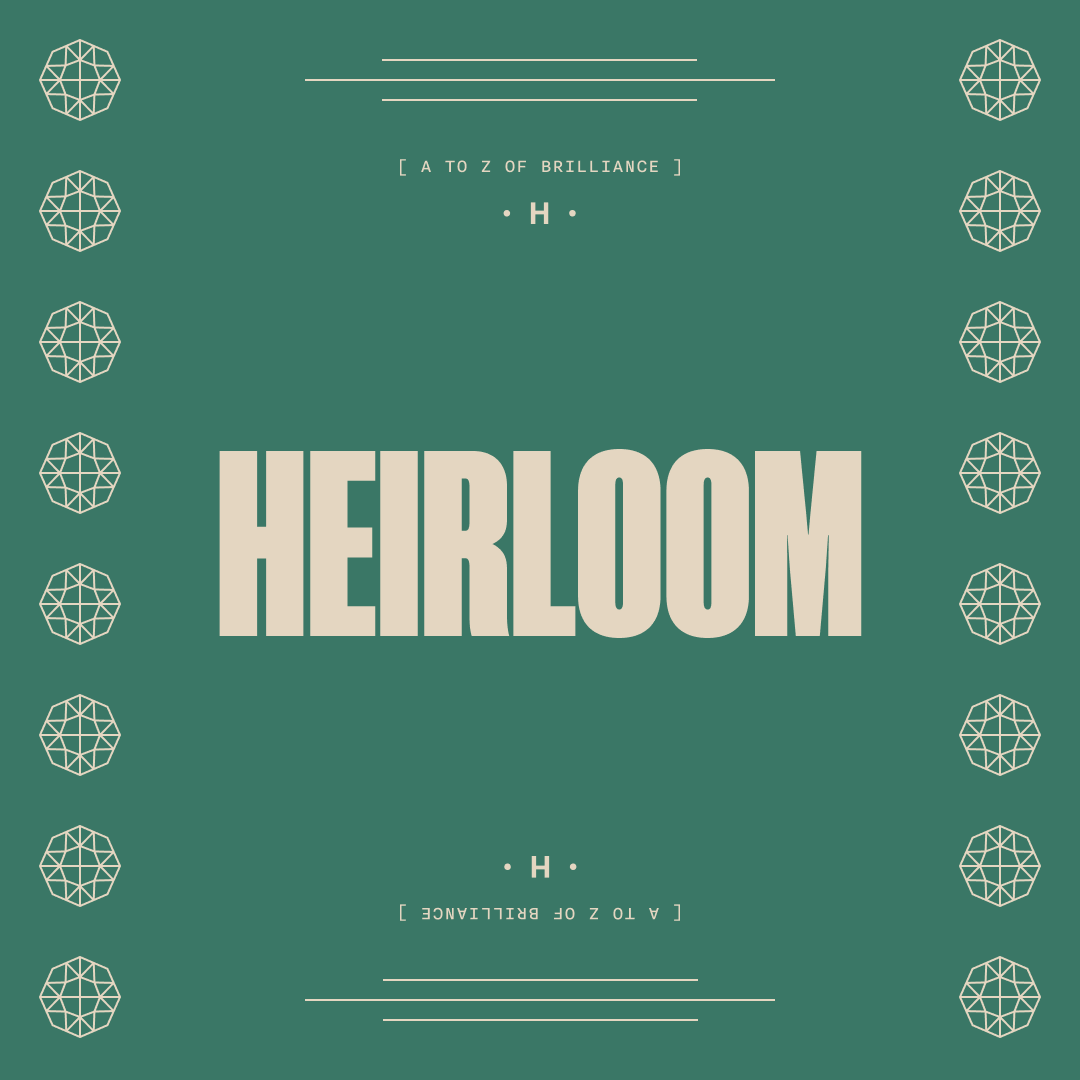
From Heritage to Heirlooms: Making Timeless Memories
Natural diamonds possess a timeless allure that goes beyond their intrinsic value, making them cherished heirlooms that carry with them rich heritage and profound sentiment. Passed down through generations, these precious gems evoke memories and emotions, symbolising love, commitment, and enduring relationships. With each diamond holding a unique story, they become treasured pieces of family history, connecting present and future generations to their ancestral roots. Additionally, diamonds have long been integral to royal families and traditions, further solidifying their status as symbols of prestige and nobility. Their storied past and undeniable beauty make natural diamonds not just ornaments, but also embodiments of heirloom and heritage, woven into the fabric of our collective history and culture.
Nature’s Inclusion and Emotional Investment
Natural diamonds are inherently unique and rare due to the presence of tiny birthmarks, known as nature’s inclusions, formed deep within the Earth. These birthmarks, rather than detracting from the diamond’s beauty, contribute to its individuality, and show their real characteristics that tell a geological tale of nature’s craftsmanship. Natural diamonds are cherished for their emotional meaning and the memories they hold for the milestones that we celebrate in our lives like an engagement, a birthday and many other special occasions. They are a prized possession, that are an emotional investment and hold immense value beyond monetary terms, representing cherished moments that last a lifetime.

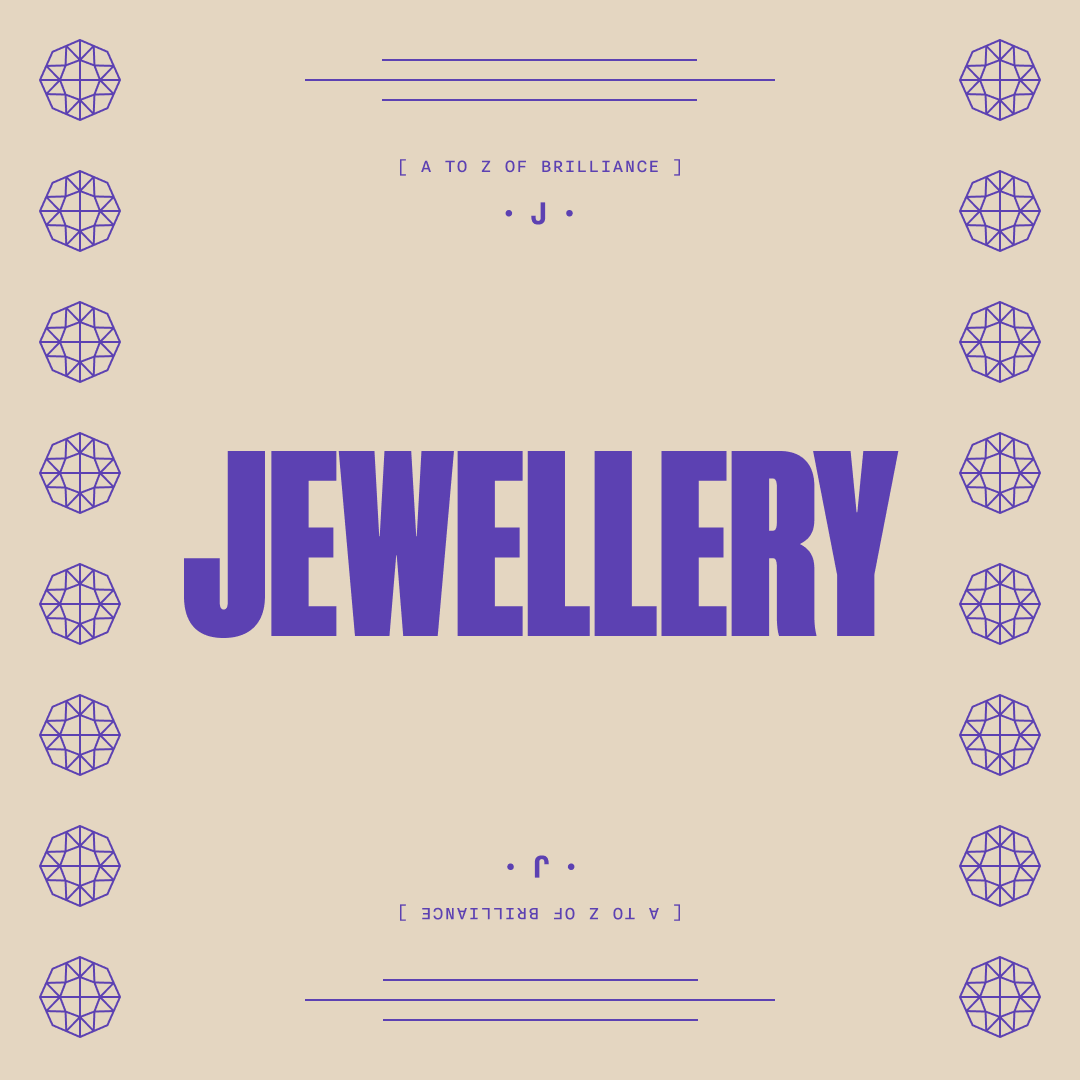
The Allure of Jewellery and Jewels
Throughout history, jewellery has served as a form of body adornment, allowing for the expression of self and social status. Natural diamond jewels or gems, in particular, have held a special significance for centuries, symbolising love, wealth, and prestige. From ancient civilizations to modern societies, diamonds have decorated jewellery pieces such as crowns, necklaces, rings, etc..The beauty of the jewels and the design of the jewellery piece is brought out by the superb craftsmanship in several types of settings such as polki, bezel, channel among others. Today, jewellery continues to hold significance as a form of self-expression, celebration, and cultural heritage. Whether worn as a statement piece or cherished heirloom, natural diamond jewellery remains relevant, embodying timeless elegance for generations to come.


Kimberley Process and Conflict-Free Commitment
When taking ethical considerations into practice, the Kimberley Process becomes a guiding light to increase transparency and oversight in the diamond supply chain in order to eliminate trade in conflict diamonds. A process mandated by the UN and the WTO, the Kimberley Process instils confidence in wearing these precious gems with pride. Natural Diamonds, sourced responsibly through this process symbolises a commitment to a supply chain free from exploitation and rooted in the responsible extraction of diamonds from kimberlite deposits.
Love, Luxury, and Lab-Grown Diamonds
As much as we emphasise the allure of natural diamonds, lab-grown diamonds, which are created in controlled laboratory environments are looked at as an alternative and are gaining popularity. However, they are bulk-produced in factories and thus do not have the unique characteristics that a natural diamond possesses. Hence, natural diamonds are synonymous with luxury and continue to reign supreme as symbols of love and devotion. Natural diamonds have a rich history often valued for their rarity and origin because they are naturally formed over millions of years through geological processes. Jewellers and geologists appreciate the wonders of the natural diamond through a tool called a loupe, a small magnifying glass or optical device. They use this tool to closely inspect natural diamonds for their clarity, color, and inclusions, which is what makes a natural diamond unique.


The Miracle of Nature and the Marquise Cut
Diamonds symbolise milestones, precious moments and important memories in our lives. And a popular cut of diamond that embodies precious moments and dates back to 18th century France is the marquise. With its elegant and elongated shape, characterised by pointed ends and curved sides, the magic of the marquis is in the illusion of its shape by seeming greater in size and enhancing the appearance of the diamond’s carat weight.
The significance of natural diamonds in marking momentous occasions is echoed by their rarity and beauty, forged through an extraordinary formation process deep within the Earth’s mantle over a billion years. This remarkable journey contributes to their status as a true miracle of nature!

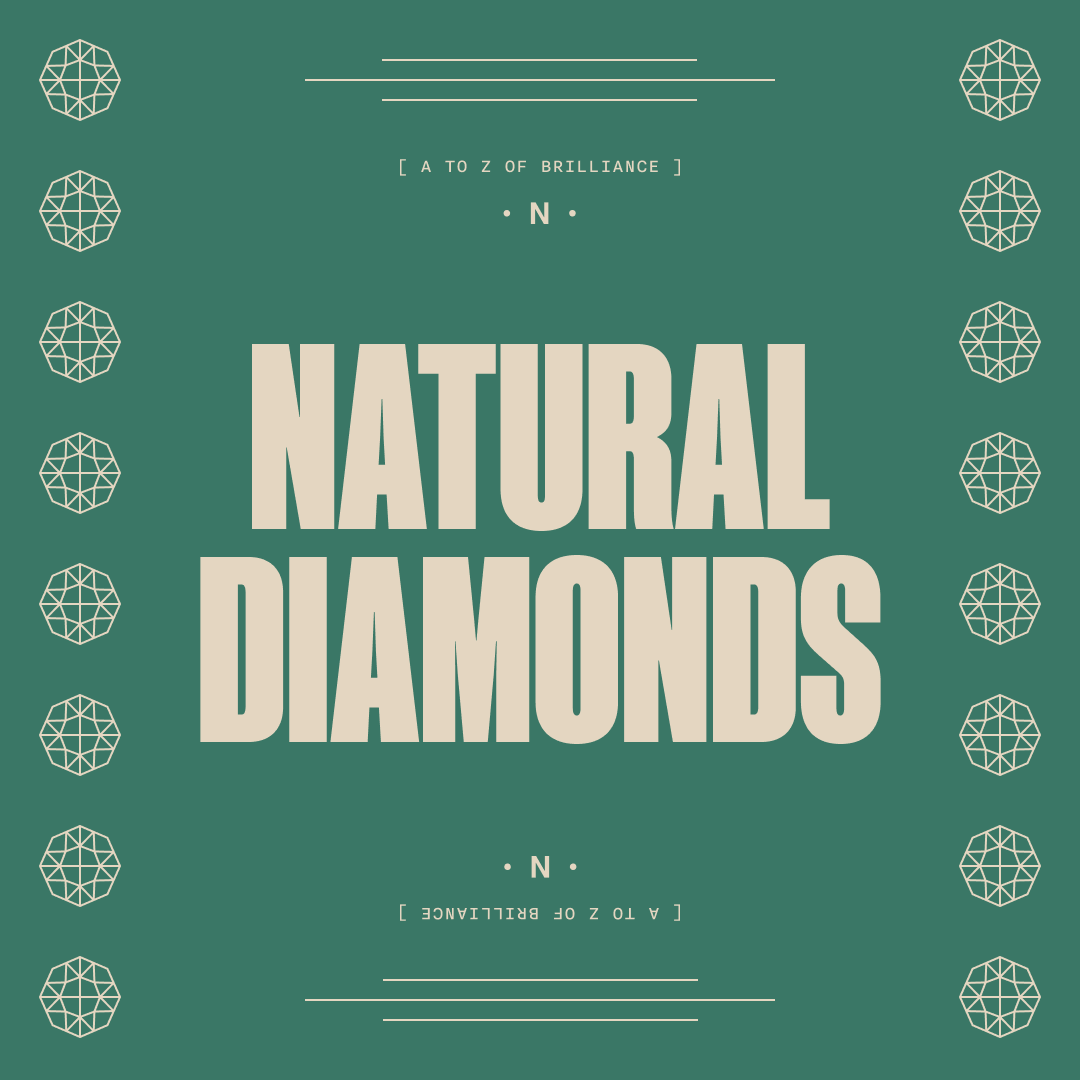
Natural Diamonds
Composed of pure carbon atoms arranged in a crystalline structure, natural diamonds are one of the hardest known materials. They are typically mined from kimberlite pipes or alluvial deposits, with the majority of the world’s supply coming from countries like Russia, Botswana, and Canada. Each natural diamond is unique, characterised by its distinct combination of colour, clarity, cut, and carat weight. These timeless treasures have captivated humanity for centuries, revered for their unparalleled brilliance, symbolism, and enduring beauty.
Origin of the One-Of-A-Kind Diamond


Natural diamonds are truly one-of-a-kind gems, each with its own unique origin story adding an extra layer of exclusivity. Traceability becomes the first step in confirming the origin and in ensuring responsible diamond mining and embracing ethical sourcing. Choosing a diamond with a known origin empowers buyers to understand the positive impact on local communities, aligning with principles of sustainability.
While buying a one-of-a-kind gem, many might consider an oval-cut diamond. It stands out as a timeless and elegant choice. Characterised by its elongated shape and rounded edges, the oval cut combines the brilliance of a round diamond with the elongating effect of a marquise cut, resulting in a stunning silhouette that exudes sophistication and grace.
Precious Polished Diamonds: Unveiling Their Beauty
Natural diamonds are considered precious because they are treasured for their unparalleled beauty and the journey they undertake over billions of years to reach us. Each diamond represents a unique chapter in Earth’s geological story, carrying with it the weight of countless millennia. Moreover, natural diamonds become vessels of precious memories and moments, serving as tangible reminders of love, joy, and significant milestones in our lives. When it comes to the polished brilliance of diamonds, the cutting and polishing process plays a crucial role in enhancing their allure. Through expert craftsmanship, rough diamonds are transformed into dazzling gems, each facet meticulously shaped to maximise brilliance and fire. The prong setting, a popular choice for showcasing diamonds, elevates the gem visually by allowing more light to enter and interact with the stone. Additionally, the pavilion of the diamond, located beneath the girdle, influences the gem’s brilliance and scintillation, further enhancing its visual appeal and capturing the essence of its natural beauty.
Quality Matters: 4Cs of Diamond Excellence


In the diamond world, quality takes centre stage and the 4Cs serve as the main signifier of a diamond’s excellence. Clarity, colour, cut and carat define the essence of high-quality natural diamonds by considering the gem’s degree of inclusions, brilliance, absence of colour, craftsmanship, and weight among other factors. Investing in quality ensures that cherished diamonds retain their value and sparkle for generations, becoming enduring symbols of love and commitment.
Real, Rare and Responsible
Natural diamonds stand as real, rare, and responsible treasures, embodying the timeless marvels of our planet’s geological history.
Diamonds are celebrated as real, embodying a profound journey that spans billions of years, cultural symbolism, and timeless connections. Their authenticity lies in their unparalleled journey from the depths of the Earth to becoming enduring symbols of love and celebration.
Natural diamonds are rare treasures, showcasing the artistry of nature and the meticulous craftsmanship that accompanies their transformation into cherished pieces of jewellery. Throughout centuries, rough-cut diamonds adorned the crowns, sceptres, and jewellery collections of royalty, serving as tangible expressions of wealth, status, and sovereignty due to their inherent rarity and undeniable beauty.
In recent history, natural diamonds have been catalysts for sustainable change and transformative impact, embodying responsibility in their sourcing and journey. From ethical practices to community development initiatives, diamonds serve as agents of positive change, leaving a lasting legacy of responsibility and integrity.
Sustainable Natural Diamonds Embracing Slow Fashion


As the strongest material known to man, natural diamonds are a symbol of sustainability epitomising a commitment to high standard practices, environmental stewardship, and social responsibility. Beyond their intrinsic durability, diamonds emphasise the ethos of slow fashion highlighting the important concepts of quality, longevity, ethical sourcing, and timeless appeal – much like the attraction and beauty of a solitaire diamond with significant scintillation, or the sparkle that is created when light is reflected off of the facets of a diamond.
Trust and Timeless Legacy of Natural Diamonds
The diamond industry has long been built on trust and reputation. For centuries, a close-knit community of diamond dealers engaged in transactions without formal contracts, relying on longstanding relationships to build and sustain the diamond trade. For consumers, certification serves as a beacon of certainty, providing assurance of the diamond’s ethical provenance and quality. From the meticulous examination of a diamond’s 4C’s, brilliance, tone and table (the flat surface facet that you can see when you look at the diamond from above), every aspect of the diamond’s journey is illuminated, fostering trust between the buyer and consumer established through transparency and ethical practices.
As timeless symbols of enduring love and commitment, natural diamonds hold a cherished place in history and culture, their allure undiminished by transcending generations, embodying endless beauty and sustainability.
Unique, Unbreakable, and Unmounted

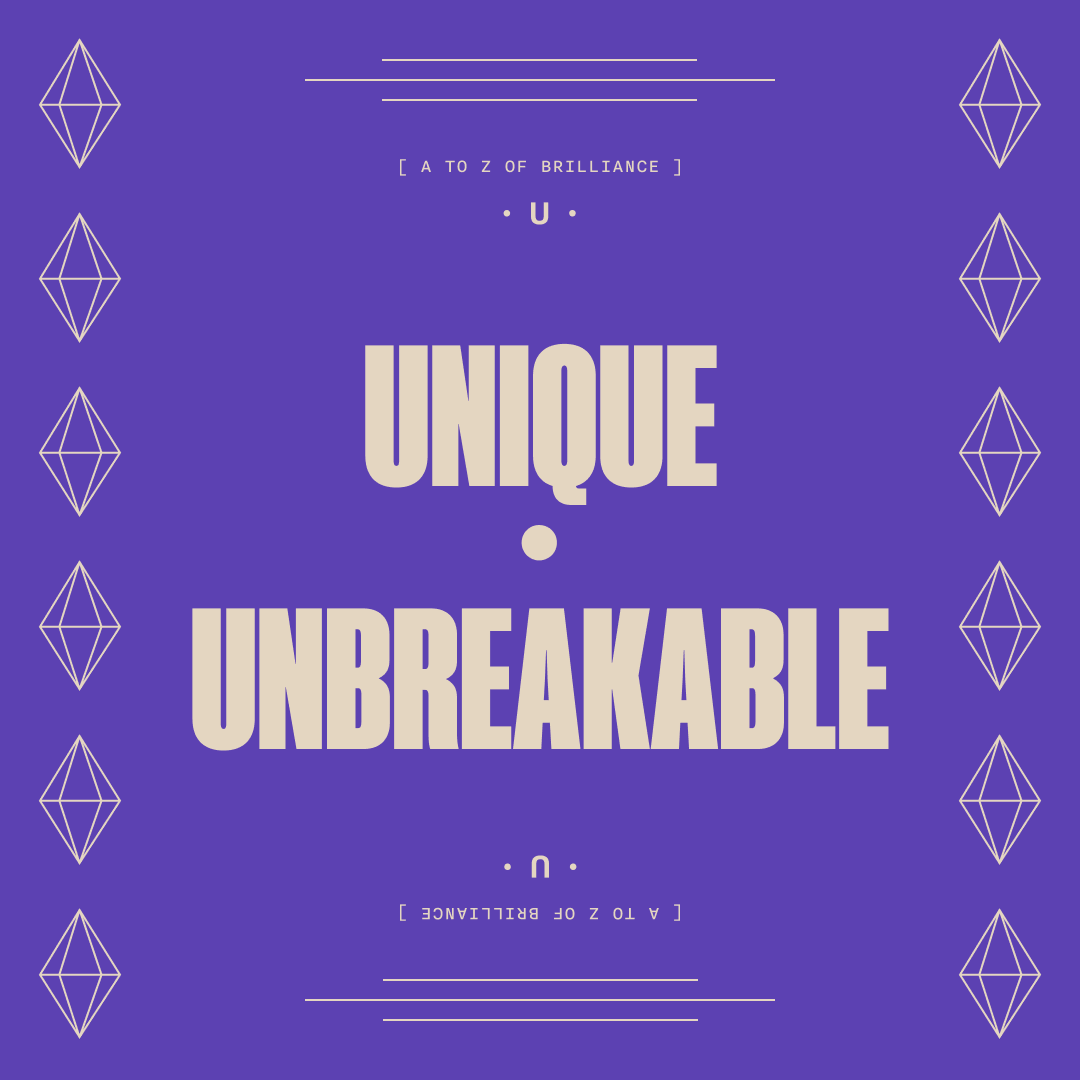
Whether you are admiring an unmounted diamond (loose stone that is not set) or a beautiful piece of diamond jewellery, you can see that natural diamonds are unique for several reasons. Firstly, it is quite fascinating how they are formed over billions of years through intense pressure and heat, making each diamond’s journey to the surface an extraordinary geological process. This process makes them the hardest naturally occurring substance found on earth which means natural diamonds are unbreakable! Additionally, the specific conditions under which diamonds are created result in a combination of characteristics such as colour, clarity, and size, ensuring that no two diamonds are exactly alike. Furthermore, the natural inclusions within diamonds contribute to their individuality and serve as identifying features, adding to their singularity and making them truly a unique kind of gemstone.
Diamonds as a Versatile and Valuable Asset
Diamonds are exceptionally versatile across generations. Their timeless appeal transcends trends and fashion, ensuring they remain relevant and cherished for generations to come. Diamonds can be repurposed and redesigned to suit evolving tastes and preferences, making them adaptable to changing styles and trends over time. Whether passed down as family heirlooms or incorporated into new jewellery pieces, diamonds hold immense emotional value, often symbolising enduring love, cherished memories, and significant milestones in life carrying forward the memories and sentiments of previous generations while creating new ones for the future.
Beyond their emotional significance, diamonds possess substantial investment value. Their rarity, durability, and enduring appeal contribute to their status as a valuable asset. Over time, diamonds have proven to retain and even appreciate in value, making them a wise investment choice for the future.
Wonder of Nature


Natural diamonds are considered a wonder of nature due to their extraordinary formation process that takes place deep within the Earth’s mantle over billions of years. Carbon atoms crystallise to form diamonds, making them one of the hardest substances known to humankind. Each natural diamond carries a unique story of its journey through time, reflecting the geological forces and conditions that shaped it. Their rarity, resilience, and timeless beauty further add to their mystique, making natural diamonds a true wonder of nature and a symbol of enduring elegance.


The Science Behind X-Rays Fluorescence
Fluorescence in diamonds refers to the visible light emitted when the diamond is exposed to ultraviolet (UV) light. The degree of fluorescence is used as a determining factor for the quality of the stone. Approximately 25% to 35% of diamonds exhibit some degree of fluorescence, with about 10% showing strengths that may affect appearance. Most commonly, fluorescence appears as a blue colour, which can make yellowish diamonds appear whiter. However, for the majority of diamonds, fluorescence has no widely noticeable effect on appearance, and some observers even prefer diamonds with medium to strong fluorescence. It does not compromise the structural integrity of the diamond, and whether to buy a diamond with fluorescence is a personal preference based on various factors such as overall appearance and lighting conditions.


Youthful Radiance
Despite their age-old existence, diamonds possess youthful radiance resonating with every generation. Unconfined to tradition, diamonds evolve with the times, adapting to preferences and styles of each era.
Diamonds for Gen-Z
Largely through digital platforms, Gen-Z is exposed to luxury more than ever before and are looking to acquire luxury items to show a certain level of status and achievement. And anything with natural diamonds is a symbol for luxury. As the industry has evolved and adapted, natural diamonds have come to embody the values of Gen-Z.
Companies are embracing transparency, sustainability, and ethical practices more and more as Gen Z values authenticity and seeks information about a product’s journey from source to market. Personalisation and inclusivity are also key; offering unique and customisable options ensures that each natural diamond purchase aligns with the individual values and preferences of the diverse Gen Z consumer base.
In the dazzling world of natural diamonds, this A-Z guide has unveiled the brilliance of these timeless gems. Whether you are a jewellery enthusiast or someone captivated by the allure of diamonds, this journey through their characteristics, history, and ethical considerations serves as a comprehensive map and each facet contributes to the many-sided beauties of natural diamonds . As we navigate the realms of trust, sustainability, and unique cuts, we discover that natural diamonds not only symbolise enduring love but also reflect the evolving values of each generation, especially as companies adapt to engage with the ever-conscious Generation Z. Embracing transparency, sustainability, and ethical practices, the diamond industry continues to shine brightly, offering not just symbols of love but also timeless investments in beauty and responsibility.
